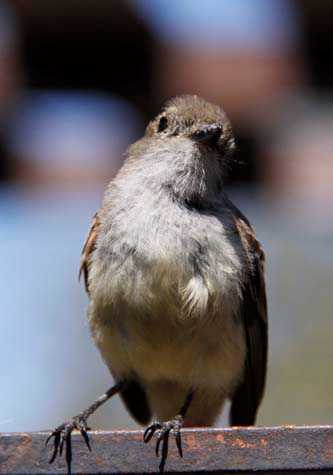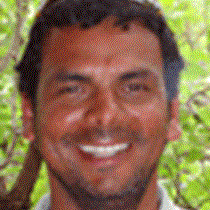Santa Cruz Island is the second largest island after the island of Isabela. It is the island with the largest human establishment, divided in two sections, the port with the biggest population and the farming zone in the highlands of the island.
In Galapagos there are four inhabited islands which were colonized since 1832. The first colony arrived to the island of Floreana, then colonization moved to San Cristobal afterwards, then the island of Isabela, and Santa Cruz was last. Colonizers arrived in 1929, nevertheless it is here where you have the largest economic activity based on tourism. The island has the vast majority of tour operators registered in the Galapagos.
In the morning we disembarked at the National Park Service jetty to walk to the station facilities where will meet the tortoises – attraction number one of the entire day in Santa Cruz.
We make it to the tortoise enclosures and see Super Diego first to then proceed to the breeding center and enjoy the company of the baby tortoises. Then we walk all along the station to learn more and better understand these iconic reptiles. The next part of the adventure is taking place at a farm where we see some of the activities run by locals in Galapagos. We would be able to see and understand what locals did to increase the family income during a time when things were harder, before tourism became as economically important as it is now. From here we go to the Aquelarre restaurant in the highlands, then we proceed to the area where the wild tortoises are found. We see the tortoises migrating back to their homeland, a very relaxing area in the farming zone of Santa Cruz. Luckily these tortoises transit freely when is time to go breeding and afterwards use the same route go back home. We have seen them up close and we now go back to the ship happy to continue our adventure.






